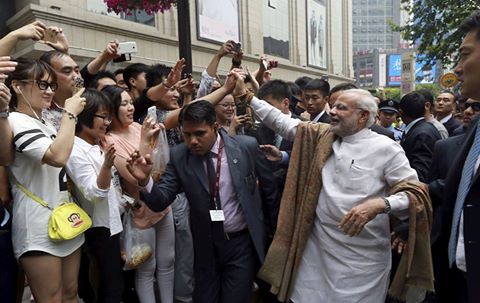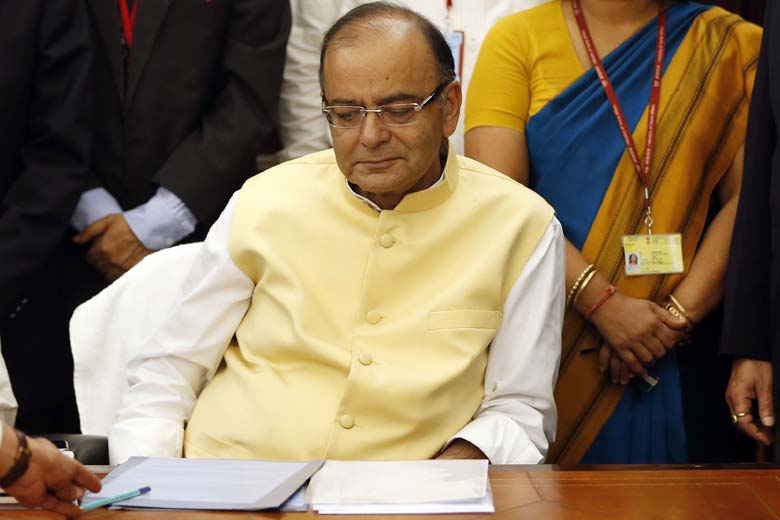The Prime Minister today presented President Xi Jinping replicas of a stone casket of Buddhist relics and a stone statueof Buddha that were excavated from a 3rd -4th century AD stupa at Dev-ni-Mori – a site 80 kms east of Vadnagar, Gujarat – in 1957. In addition, the Prime Minister presented archaeological drawings of excavations at Vadnagar which was one of the places visited by the great Chinese traveller Xuanzang – also known as Hieun Tsang – around 641 AD. The site is referred to as Anandpur in Xuanzang’s writings and recent excavations point to the existence of a thriving Buddhist centre at Vadnagar way back in 2nd century AD. The Prime Minister visited the Giant Wild Goose Pagoda today where Xuanzang worked for years to translate the sutras that he brought to China from India.
Recent excavations at Vadnagar have revealed a burnt brick structure that has been identified as a Buddhist monastery on the basis of its peculiar plan and the antiquities recovered from it, which include a red sandstone broken head of Buddha, stylistically datable to 2nd century AD, a votive tablet with foot impression, and a crescent-shaped stone tray depicting the scene of a monkey offering honey to Buddha.
In his writings, Xuanzang had recorded that there were more than 1000 monks of the Sammitiya School or Little Vehicle in ten monasteries at Vadnagar, suggesting that Vadnagar was an important centre of Buddhist learning in western India during that period. In ancient times, Vadnagar was situated at a strategic location where two major ancient trade routes crossed each other. One of them was from central India to Sindh and to further northwest whiles the other from the port towns on the Gujarat coast to Rajasthan and north India. Therefore, it could have been a city of ample opportunities until these routes remained vibrant.





